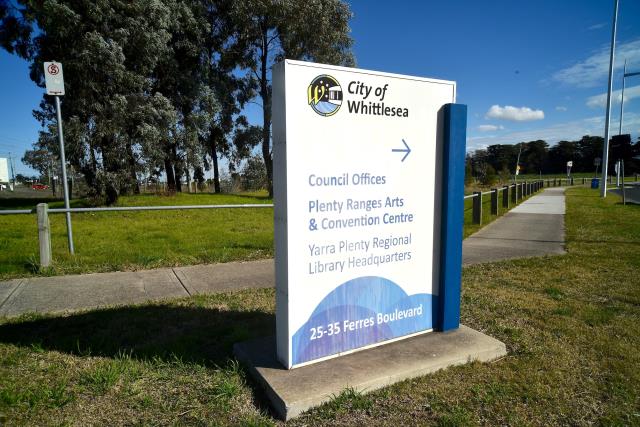Whittlesea council has joined with 23 other Victorian councils in a push for greater sustainability requirements for new developments.
Council has lodged a planning scheme amendment with the state government, seeking to introduce planning policy that elevates sustainability requirements for new buildings and encourages a move towards net zero carbon development.
Along with the amendment, council has written to the new Planning Minister Lizzie Blandthorn, asking her to support the amendment and to acknowledge that the current planning requirements do not reflect the need to tackle climate change.
The amendment seeks to build on the current environmentally sustainable development (ESD) requirements for new developments and in doing so, better protect the natural environment, reduce resource and energy consumption, and support the health and wellbeing of future occupants.
Administrator Peita Duncan said council is committed to creating a sustainable environment and is proud to be leading the way on tackling climate change with these real-world tangible actions.
“We are thrilled to be joining with councils from across the state on this incredibly important work. Local governments have long led work towards net zero carbon in new builds, but we need governments across all levels – state and federal – to work together if we want to create real change.”
Whittlesea council has collaborated with councils from across the state, sharing the project with Ballarat, Banyule, Bayside, Boroondara, Darebin, Frankston, Glen Eira, Greater Bendigo, Greater Dandenong, Greater Geelong, Hobsons Bay, Knox, Maribyrnong, Mitchell, Moonee Valley, Moreland, Mornington Peninsula, Port Phillip, Stonnington, Strathbogie, Warrnambool, Whitehorse and Yarra.
The 24 councils represent approximately half the Victorian population and planning activity.
Under the proposed changes, new developments would: produce net zero carbon emissions, reduce household bills by making buildings more energy efficient, provide a healthier and more comfortable environment for building occupants, better manage water quality, use and collection, protect and enhance greening and biodiversity and be more resilient to changing climate impacts.







